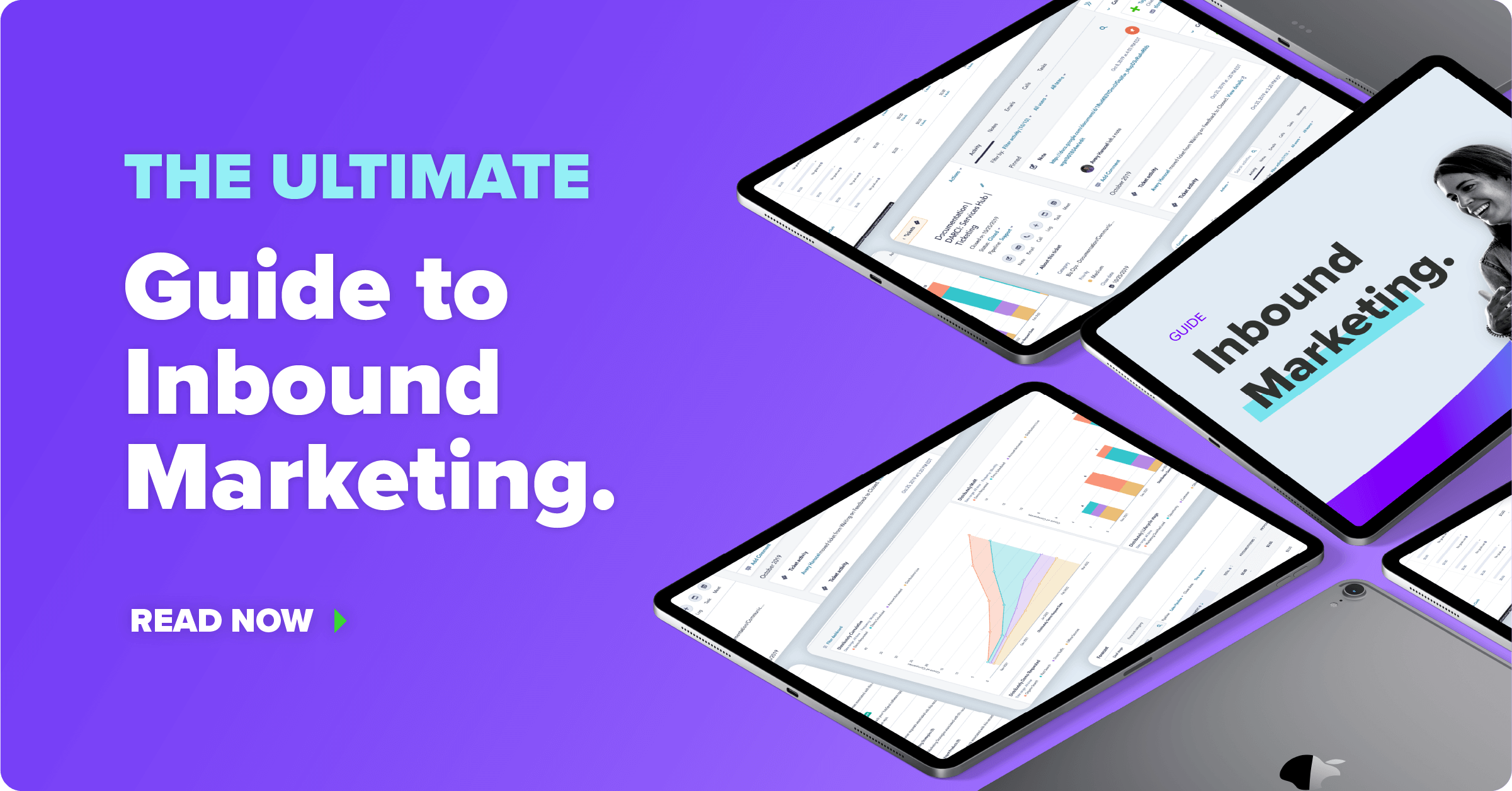The buyer’s journey is a rich multi-channel experience involving channels ranging from social media to website content to email to in-person conversations to advertisements and more. But while internally, a variety of people may be responsible for implementing your campaigns across those various channels, to the prospect they’re all equal representations of your company.
So regardless of what channel prospects encounter your company through, you need to present a cohesive experience for them.
Additionally, the variety of channels available means that there are infinite ways that prospects can enter the buyer’s journey with varying levels of background knowledge and preparation.
“Human beings are going to consume content and information differently and not necessarily in a linear fashion. As marketers, we need to account for that non-linear path to purchase, and we need to give the experience that our audience wants on their terms,” says Al Moore, Director of Marketing.
The Challenges of Multichannel Marketing Strategies
In the effort of creating a cohesive experience that can be consumed non-linearly, there are three core challenges that marketing leaders face:
1. What channels should we invest in?
Which channels provide the most ROI? Which channels should be prioritized for any given campaign? How do you optimize your spend across channels to ensure you have a presence where necessary but aren’t overinvesting resources?
2. How do I align my team across channels?
How do you unify your team around an overarching message to ensure that all channels are working together to create a cohesive experience? How do you ensure there’s a strong core message that’s being focused and leveraged across the entirety of the buyer’s journey?
3. How do I effectively manage a campaign?
What level of resource management is needed to accomplish everything you need to get done in a way that’s sustainable and effective? How do you provide enough oversight to maintain consistency without imposing too many bottlenecks? What elements of our campaign should be automated, and how can I leverage automation in the overall process to maximize efficiency, relevance and impact?
How to Solve for the Challenges of Managing a Multi-Channel Marketing Strategy
1. Put together a creative brief
A creative brief will help you define the north star your campaign is working toward and align all stakeholders around it.
“A good, strategic foundational brief gets at the high level of what the core narrative is, what the channels we’re going to be distributing through are, who our audience is, their persona, their pain points, and what the core marketing, sales and service channels we’re going to be servicing are,” Al says. “That should be aimed not only at the marketing audience but also at the c-level audience and cross-functional audience.”
Marketing isn’t the only function within your company that contributes to the success of a campaign. Every other customer-facing team at your company can get pulled in too if they need to discuss it with a prospect or customer. So, as part of your creative brief, make sure you outline the roles of those other teams like sales, customer success and product and communicate to relevant stakeholders what the strategy entails.
2. Leverage data from across the organization
Marketers have access to more data than ever before, so take advantage of that. You’re not limited to just insights gained in the marketing process — you can also access information about what kind of prospects and messaging perform best in the sales process and what the reality is around how customers receive value post-sale.
“Leveraging as much data from sales, service and marketing as possible is not only going to create for a stronger campaign and strategy, but it’s also going to create for better alignment across the business. There are very effective tools for this at scale, but it’s always great to collect firsthand insights from customers themselves,” Al says.
Instead of having the teams responsible for the different phases of the buyer’s and customer’s journey operating in silos, by creating a feedback loop between them you can improve your messaging and the experience you create.
3. Adapt how your core message is presented to different channels
In traditional marketing campaigns, messaging discipline was a core focus. As part of the creative brief, you’d establish your titles, tag lines, key terms etc, and then stick to that as closely as you could across every channel.
That was possible because there were fewer channels available to connect with prospects and they were more similar, so the same message could be applicable to all tactics. However, now it’s no longer possible to use the same script for every touchpoint.
“As marketing has evolved and matured, it’s become less possible to use verbatim that same messaging,” Al says. “There are some areas where you’ll want to have messaging discipline. There are others where you can provide ‘guardrails’ instead.”
So instead of creating a script within your creative brief and enforcing it unequivocally, you need to adapt your messaging to the medium as opposed to re-using it channel after channel.
Some channels like your paid ads, your landing pages and promotional emails can be near-identical, especially if they’re all targeted at the same stage of the buyer’s journey. But, your sales team, service team, social media community manager, PR coordinator and conversational marketing specialist will need the flexibility to tailor their messaging.
4. Use a balanced mix of channels for reaching internal and external audiences
For every inbound campaign, you should be leveraging at a minimum organic content, search, paid, social media, email and internal communications.
“Do not overlook lead nurture as part of your overall inbound strategy, and you also cannot overlook internal marketing as an opportunity to drive campaign success,” Al says.
On top of those essential channels, conversational marketing can really help with the non-linear aspect of the buying experience, and trade media and earned media are also worth evaluating.
“In general, I like to make sure all those bases are covered. Personally, I think it’s best practice to not omit a channel that we’re already investing in,” Al says.
So, if your company leverages tactics like PR, conversational marketing or event marketing, you should plan to loop those teams in when crafting your creative brief so that if opportunities arise for them to further your current campaign they’re equipped to do so.
The Takeaway
Prior to launching any multichannel marketing strategy publicly, you first need to ensure you have prepared your internal teams so that you can create a cohesive experience.
“Are we making sure that our internal client-facing channels are all briefed, aligned behind the effort and ready to complete that last mile of the campaign?” Al prompts.
Provide all internal teams with what they actually need in order to be successful. That’s not just the campaign title, tagline and dates, but also details on how they should be talking about the campaign to prospects and customers.
“Communicating internally on a campaign effort is easily overlooked, but that can lead to leaving opportunities on the table,” Al says. “When you’ve put so much energy into identifying an audience, getting in front of that audience and creating effective messaging, it’s important to ensure all your customer-facing teams are ready to pick up the conversation that your marketing efforts facilitate.”
After re-affirming internal communications and company-wide alignment, you can launch your campaign. When doing so, make sure you’re leveraging all applicable channels so that you provide as many options as possible for prospects to shape their buyer’s journey.
Quinn Kanner
Quinn is a writer and copyeditor whose work ranges from journalism to travel writing to inbound marketing content.





